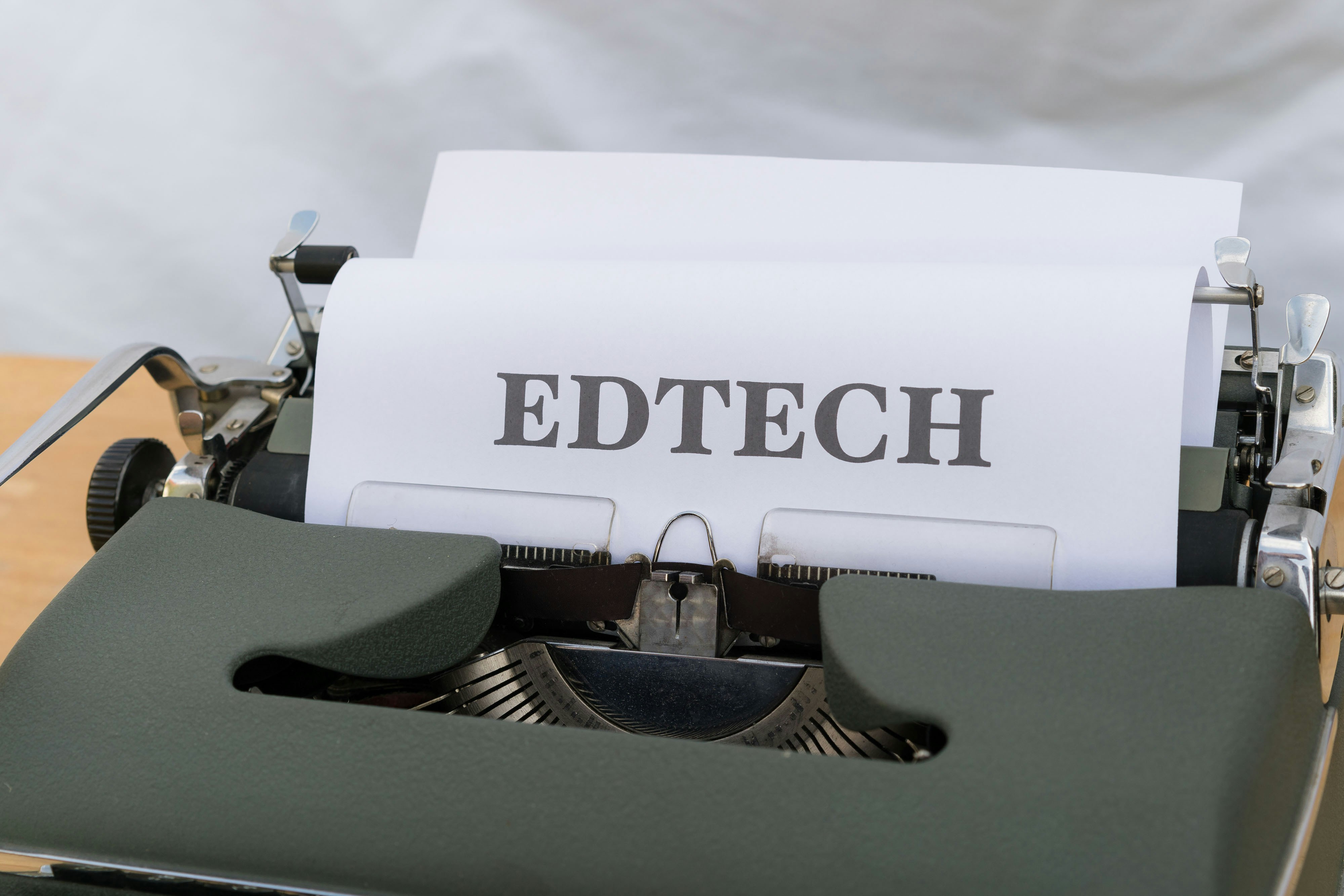Mastering Presentation Skills: Tips, Tricks, and Sample Speeches

Introduction to Presentation Skills
Strong presentation skills are an invaluable asset in both professional and personal settings. They encompass a range of abilities that enable an individual to effectively convey ideas, engage an audience, and communicate with clarity. Mastering presentation skills is crucial because it can significantly enhance one’s capability to influence, lead, and inspire others. For example, renowned figures such as Steve Jobs and Oprah Winfrey are celebrated for their compelling presentations, which have left lasting impacts on their audiences and contributed significantly to their success.
At their core, presentation skills involve the ability to organize information logically, use visual aids effectively, and deliver messages with confidence. These skills are not just about speaking well; they also include non-verbal communication, such as body language and eye contact, which can make a presentation more engaging and impactful. By honing these skills, individuals can improve their overall communication abilities, which is essential for career advancement and personal growth.
Improving presentation skills can lead to better communication because it enables individuals to express their thoughts more clearly and persuasively. This, in turn, can enhance one’s confidence in various situations, from pitching ideas in a business meeting to delivering a toast at a social event. Effective presentations also involve storytelling, a powerful tool that can make information more relatable and memorable. By crafting compelling narratives, speakers can connect with their audience on a deeper level and leave a lasting impression.
Incorporating strong presentation skills into one’s repertoire can thus result in numerous benefits. These include heightened confidence, the ability to influence and persuade others, and improved personal and professional relationships. Whether you are presenting in front of a large audience or having a one-on-one conversation, the ability to communicate effectively is a key component of success. Through continuous practice and a commitment to improvement, anyone can master the art of presentation and achieve their goals more efficiently.
Tips and Tricks for Enhancing Presentation Skills
Effective presentation skills are an essential asset in today’s professional environment. To truly master these skills, thorough preparation plays a crucial role. Begin by researching your topic comprehensively, ensuring that you possess an in-depth understanding of the subject matter. Going beyond basic knowledge allows you to answer questions confidently and articulate your points more clearly. Additionally, a keen understanding of your audience’s demographics, interests, and expectations will enable you to tailor your message accordingly, making it more relevant and impactful.
Organizing your content logically is pivotal in maintaining the audience’s attention. Structure your presentation to include a clear introduction, body, and conclusion. This logical flow helps in ensuring that your message is conveyed effectively and memorably. Practicing your presentation multiple times cannot be overstressed. Rehearsing allows you to become familiar with the content, refine your delivery, and identify areas needing improvement. It is equally beneficial to seek feedback from colleagues or mentors to gain different perspectives on your performance.
Another critical aspect of effective presentations is mastering non-verbal cues. Your body language should be open and engaging, utilizing gestures to emphasize points and holding a posture that conveys confidence. Eye contact with the audience fosters a connection and indicates sincerity. Vocal projection must be clear and appropriately modulated to maintain audience engagement. Additionally, pacing your speech to avoid rushing or dragging ensures that the audience can absorb the information.
To manage presentation anxiety, practice relaxation techniques such as deep breathing or visualization. Engaging your audience through interactive elements like questions or brief discussions can also help alleviate nervousness. Confidence builds over time, especially with continuous practice and positive reinforcement.
Incorporating engaging visuals can significantly enhance your presentation. Use slides or multimedia that complement your message without overwhelming it. Storytelling can be a powerful tool – by sharing anecdotes or real-life examples, you can make your content more relatable and memorable. Finally, always interact with your audience, whether through Q&A sessions or live polls, to maintain a dynamic and engaging presentation atmosphere.
Types of Presentations and Speeches
Presentations and speeches encompass a wide array of formats, each tailored to achieve different goals and cater to varying audiences. Understanding the types of presentations and speeches is crucial for mastering presentation skills, as it allows individuals to choose the most appropriate approach for their specific context and objectives.
Informative Presentations: These presentations aim to educate the audience about a particular subject. They are structured to provide clear, comprehensive information, and are often data-driven. Common examples include lectures, training sessions, and business updates. The key to an effective informative presentation is clarity and organization, ensuring that the audience leaves with a solid understanding of the topic. Visual aids such as slides, charts, and graphs are frequently used to enhance comprehension.
Persuasive Speeches: The primary goal of a persuasive speech is to influence the audience’s opinions or behaviors. Unlike informative presentations, persuasive speeches blend factual data with emotional appeals to sway the audience. They are widely used in marketing pitches, political campaigns, and advocacy events. Persuasive speakers often employ rhetorical techniques, storytelling, and strong calls to action to make their case compelling and convincing.
Motivational Speeches: Designed to inspire and uplift an audience, motivational speeches focus on energizing listeners to pursue their goals or overcome challenges. These speeches are common in settings like corporate events, self-help seminars, and commencement ceremonies. The speaker’s enthusiasm, personal anecdotes, and repeated emphasis on key messages play a pivotal role in connecting with the audience emotionally and sparking a sense of motivation.
Ceremonial Speeches: Ceremonial speeches are typically delivered during formal events and rituals, such as weddings, graduations, and award ceremonies. Their primary function is to honor, celebrate, or pay tribute. These speeches often have a more personal and sentimental tone. Success in ceremonial speeches depends on the speaker’s ability to evoke the appropriate emotional responses while maintaining the decorum suited to the occasion.
To excel in these various types of presentations and speeches, it is essential to consider the audience, purpose, and context. Tailoring content and delivery to fit the specific type of speech not only enhances engagement but also increases the likelihood of achieving the desired outcome. For instance, while an informative presentation might call for detailed data and structured content, a motivational speech thrives on passion and relatability.
Sample Speeches and Analysis
Informative Speech: “The Future of Renewable Energy”
Introduction: “Good morning everyone. Today, I would like to discuss the future of renewable energy, a topic that is not only vital to our planet’s health but also crucial for our economy. As we face the challenges of climate change and depleting fossil fuels, renewable energy sources offer a sustainable solution.”
Body: “Renewable energy encompasses various sources such as solar, wind, and hydro power. Each of these sources has unique advantages. For example, solar energy harnesses the power of the sun and can be used for residential and commercial electricity needs. Wind energy, on the other hand, is particularly effective in areas with high wind speeds and can contribute substantially to the power grid. Hydro power utilizes the energy from flowing water, providing a reliable and consistent energy source.”
Conclusion: “In conclusion, investing in renewable energy is not just an environmental imperative but also an economic opportunity. By transitioning to these sustainable energy sources, we can ensure a healthier planet and a robust economy for future generations.”
Analysis: This speech is effective because it clearly introduces the topic, segments the body into comprehensible parts, and concludes with a compelling call to action. The speaker uses statistics and examples to enhance credibility and maintain audience interest.
Persuasive Speech: “The Importance of Voting”
Introduction: “Ladies and gentlemen, I stand before you today to highlight a powerful tool that every citizen possesses: the right to vote. The act of voting transcends merely selecting a candidate—it is a fundamental expression of our democracy.”
Body: “Firstly, voting ensures that our voices are heard. It is through this process that we can influence policies and decisions that affect our daily lives. Moreover, voting empowers marginalized communities, giving them a platform to advocate for their rights. Finally, we must remember that voting affects future generations; the leaders we elect shape the world our children will live in.”
Conclusion: “In conclusion, voting is not just a right but a responsibility. Let us embrace this privilege and participate actively in democratic processes to bring about meaningful change.”
Analysis: This speech effectively persuades the audience by emphasizing the significance of voting through emotional appeals, logical arguments, and establishing the speaker’s credibility. The structured argument emphasizes why each point is essential, urging the audience to act.
Motivational Speech: “Embracing Failure as a Stepping Stone to Success”
Introduction: “Good evening everyone. Today, I want to share a perspective that has transformed my life: the understanding that failure is not the end but the beginning of success.”
Body: “Failure often brings shame and disheartenment, but it is essential to view it as a learning opportunity. Many successful individuals faced numerous rejections and setbacks before achieving greatness. For instance, Thomas Edison failed thousands of times before inventing the lightbulb. Furthermore, embracing failure builds resilience and character, two critical attributes for long-term success.”
Conclusion: “In conclusion, failure should not be feared but embraced. It is through our failures that we find the resilience and knowledge required to succeed. Let us reframe our failures as valuable lessons on the path to our ultimate goals.”
Analysis: This motivational speech employs personal anecdotes and historical examples to instill a positive mindset towards failure. The structured narrative and repetition of the core message reinforce the speech’s theme, inspiring the audience to persevere despite setbacks.
Ceremonial Speech: “Graduation Day”
Introduction: “Distinguished guests, faculty, parents, and fellow graduates, today marks a significant milestone in our lives. It is a day of celebration, recognition, and new beginnings.”
Body: “This journey has been filled with challenges and triumphs. We have grown not only academically but also personally. Our classroom experiences, extracurricular activities, and community engagements have prepared us for the challenges ahead. As we step into the world, let us remember the values we have learned and the friendships we have forged.”
Conclusion: “In conclusion, let us thank our families and educators for their unwavering support. Congratulations to each one of us. The future is bright, and together we can make a difference.”
Analysis: This ceremonial speech is effective due to its inclusive acknowledgment of the audience and the celebratory tone. The speaker connects past experiences to future aspirations, fostering a sense of unity and excitement among the graduates.
By analyzing these sample speeches, readers can identify key components and effective techniques to craft their own presentations. Practicing with these templates will help in mastering the skills discussed earlier, leading to successful and impactful speeches.

Responses